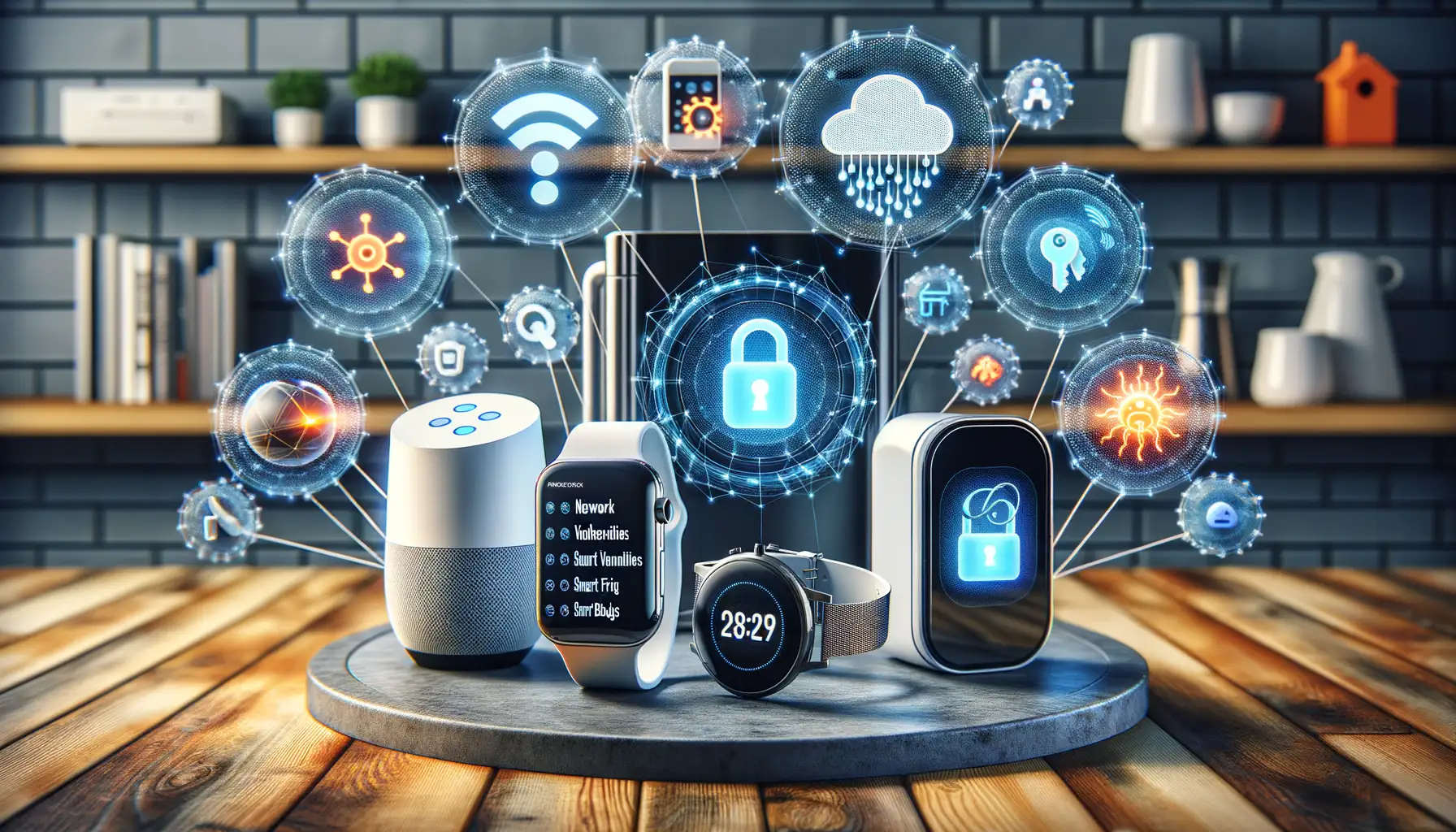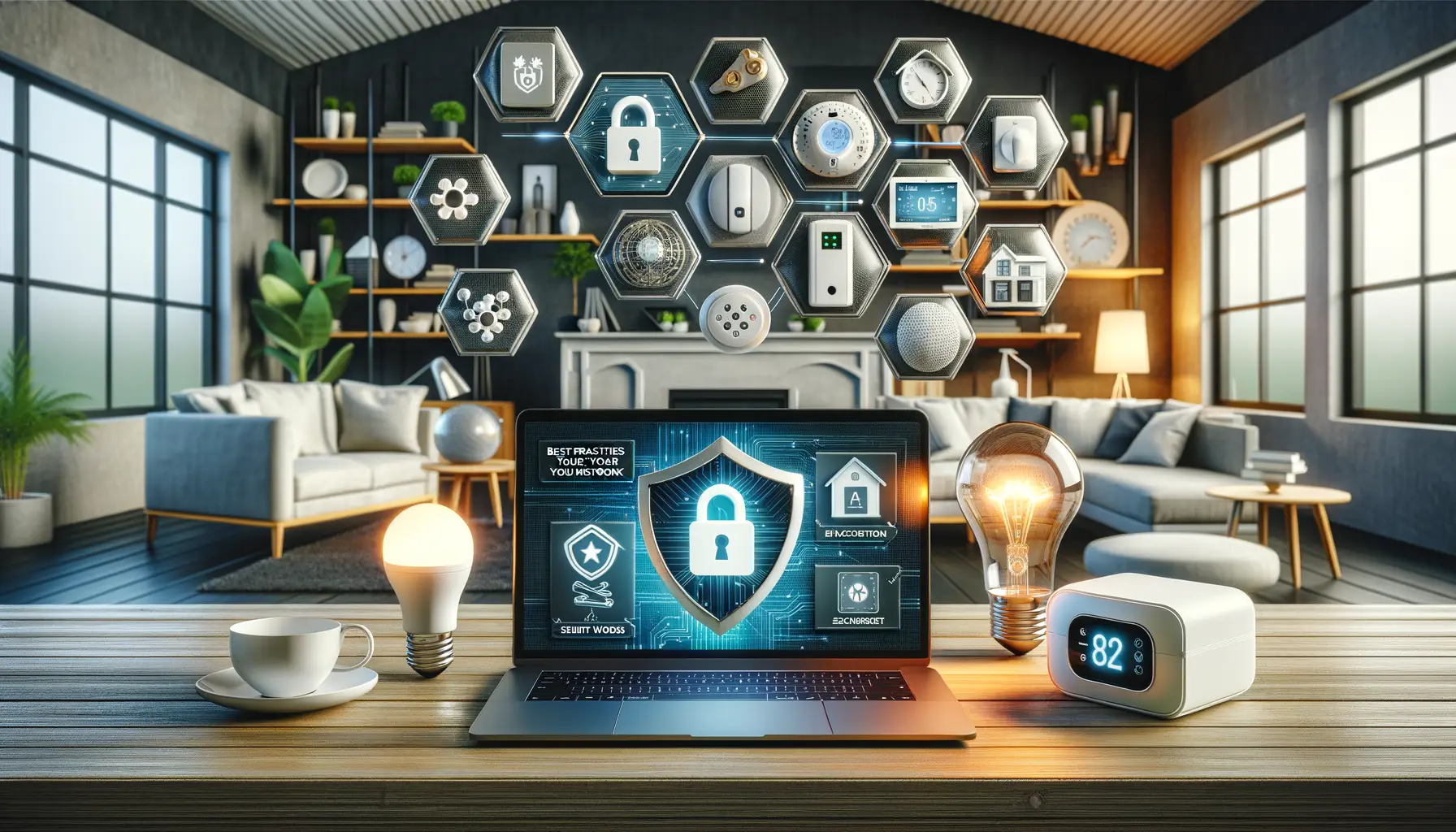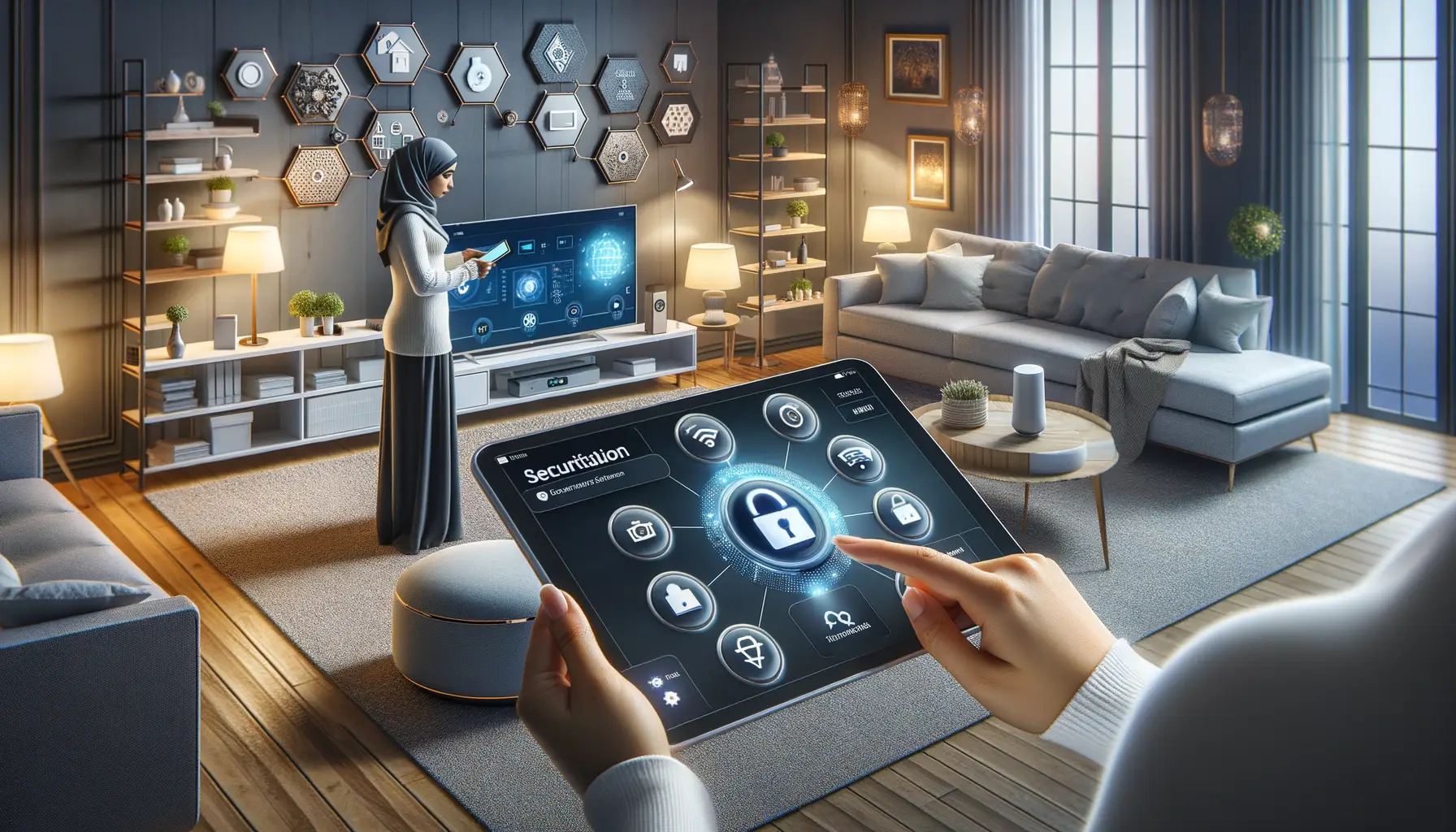Understanding the Importance of Smart Home Device Security
Why Your Smart Home’s Security Should Be a Priority
Imagine leaving your house with the front door wide open and your personal diary sitting in plain sight on the coffee table. Would you feel uneasy? That’s exactly what unsecured smart home devices can be like—a digital doorway inviting prying eyes into your private life. Whether it’s your thermostat, smart speaker, or even a connected baby monitor, each device forms part of the ecosystem that makes daily life smoother, but also vulnerable.
The truth is that every connection to your Wi-Fi network can be a potential entry point for hackers. Today, cyber criminals aren’t just looking to steal financial information—they’re digging for anything that’s exploitable, from your browsing habits to voice-controlled commands. If a hacker gains control over your smart door lock or security camera, it’s not just inconvenience—it’s personal safety at stake.
- Your child’s bedroom camera could be used to spy on family moments.
- Unsecured smart speakers might leak sensitive conversations.
- Access to your thermostat could even signal when you’re away from home.
Understanding the stakes isn’t about paranoia; it’s about empowerment. By prioritizing smart home security, you regain control, ensuring the tech that works for you doesn’t inadvertently work against you.
Identifying Common Threats to Smart Home Devices

Invisible Dangers Lurking in Your Smart Devices
Picture this: your smart thermostat adjusts the temperature just as you settle down with a book, and your voice assistant happily queues up your relaxing playlist. While your smart home might feel like a dream come true, hidden threats could be creeping through your network at lightning speed. These aren’t boogeymen under the bed—they’re real vulnerabilities that put your data and privacy on the line.
Cybercriminals are drawn to smart devices like moths to a flame because they’re often poorly protected. Some of the most common dangers include:
- Unsecured Default Passwords: Many devices come with factory-set passwords like “123456” or “admin,” which hackers crack in seconds.
- Outdated Firmware: Neglected updates can leave your gadgets wide open to attacks exploiting known flaws.
- Interception of Unencrypted Data: If your device sends sensitive information without encryption, it’s like mailing personal secrets on a postcard.
It only takes one weak link—like a smart lightbulb not secured properly—for attackers to wiggle into your home network. Once inside, they can snoop on private conversations, steal your financial details, or even take over control of your devices. It’s a sobering thought but understanding these risks is your first step toward winning the battle for digital security.
When Convenience Meets Carelessness
Let’s be honest: we love the ease of just plugging in a new gadget and letting it “work its magic.” But this convenience can lead to carelessness. Leaving ports open for remote access or skipping app permissions checks is like leaving your front door ajar with a “Come On In” sign. A careless moment could allow malicious actors to install malware or hijack your devices.
The stakes are high—imagine a smart home camera accessed by someone halfway across the globe. Goosebumps, right? That’s the kind of chilling scenario proper diligence aims to prevent.
Best Practices for Securing Your Smart Home Network

Fortify Your Wi-Fi: The Gateway to Your Smart Home
Your Wi-Fi network is like the front door to your smart home—if it’s unlocked, anyone can waltz in. Start with a strong, unique Wi-Fi password. Think of this as a secret handshake that only you and your trusted devices know. Avoid anything obvious like “password123” or your pet’s name (sorry, Max!).
Next, turn on WPA3 encryption if your router supports it—it’s the digital equivalent of installing a deadbolt over a flimsy lock. And don’t forget to rename your network SSID. “John’s Smart Home Wi-Fi” screams, “This house is full of gadgets!” Instead, pick something less specific, like “Cloud9Connect.”
Feeling extra cautious? Create a separate guest network for visitors or untrusted devices. This keeps your core smart devices isolated from potential security risks.
- Enable a firewall on your router. It’s like hiring a bouncer for your network.
- Regularly update your router firmware. Manufacturers release updates to patch vulnerabilities all the time.
Secure Access: Who’s Allowed In?
Let’s talk about device permissions. Every time you connect a new gadget to your network, it’s like inviting a stranger into your living room. Restrict admin access to your smart devices—only YOU need the keys to the castle.
Always use multi-factor authentication (MFA). It’s a simple but powerful way to double-check the identity of anyone trying to log in. Think of it as asking for both a password and a fingerprint—extra assurance that no one’s pretending to be you.
Finally, turn off remote access unless it’s absolutely necessary. Why leave your back door ajar when you’re not even home? By tweaking these settings now, you’re building a robust digital fortress that any would-be intruder will think twice about attacking.
Choosing and Configuring Secure Smart Home Devices

Finding the Right Smart Gadgets for Your Home
Picture this: you’ve just unboxed your shiny new smart thermostat or video doorbell, and you can’t wait to bring it to life. But before you dive into its features, let’s make sure you’re choosing devices that prioritize security as much as innovation. Trust me, not all gadgets play nice with privacy.
Start by looking for devices from reliable brands that offer frequent software updates. Check whether they support strong encryption standards like WPA3 for Wi-Fi. A quick tip? If a smart device feels too cheap to be true, it often comes with hidden risks—don’t let bargain prices trade away peace of mind.
For extra assurance, focus on products with security certifications (think UL 2900 or ETSI EN 303 645). And always, always check customer reviews. If other users are crying “security flaw,” steer clear.
Configuration: The Devil is in the Details
After setup, it’s time to roll up your sleeves and fortify your castle. Follow these key steps:
- Change default usernames and passwords immediately—hackers know them by heart.
- Deactivate unused features like remote access if you don’t need them. Why open a door you never plan to walk through?
- Enable multi-factor authentication (MFA) wherever possible. It’s like locking your front door and adding a chain.
By taking these steps, you don’t just “set up” smart devices—you empower them to become trustworthy guardians of your home.
Ongoing Maintenance and Monitoring for Smart Home Security

Why Maintenance is Your Smart Home’s Daily Workout
Think of your smart home security as a finely tuned athlete—it needs consistent training and care to stay in peak condition. Without regular maintenance, even the sleekest systems can fumble. Hackers? They’re like opportunistic opponents waiting for you to drop the ball. Don’t give them the chance.
Simple steps like updating your device software can make all the difference. Those pesky notifications reminding you of firmware updates? They’re not there to annoy—they’re like a vitamin boost for your devices, patching vulnerabilities and enhancing performance.
Here are a few ways to keep your smart home safe and sound:
- Monthly device audits: Check everything from your smart plugs to your doorbell cameras for signs of lagging updates or unusual activity.
- Password refresh: Think of it as spring cleaning; update those codes at least every three months and make them tough to crack.
- Automatic logs: Enable logging where possible. It’s like your system’s journal, helping you track every digital interaction.
Staying Vigilant Without Being Overloaded
You don’t have to babysit your devices 24/7—in fact, smart monitoring tools do that heavy lifting for you! Use apps or dashboards provided by your manufacturer to stay informed. A quick glance every now and then can reveal potential threats, such as unexpected log-ins or new devices on your network.
And hey, don’t forget the importance of your router—the silent hero of your setup. Set up network usage alerts, so you’re notified if something fishy (or downright suspicious) appears. Your smart home isn’t just a collection of gadgets; it’s your sanctuary. Protecting it should feel empowering, never overwhelming.





